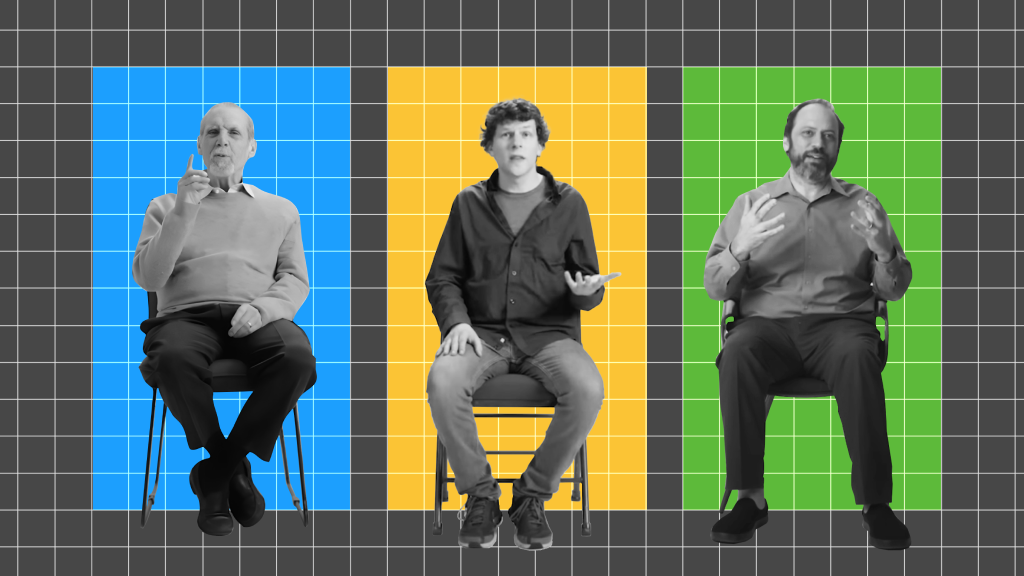Christensen: In the book, “The Innovator’s Prescription,” we’re trying to tackle the problem of why is healthcare becoming so much more expensive year after year and less and less accessible to more and more people. And we reached the conclusion that it’s because the industry has not yet been swept by disruptive innovations, that it has not become affordable and accessible to many. Just like all of the other industries that we’ve studied, at the beginning of the modern healthcare, it was decentralized or distributed industry. Doctors made house calls. If you got sick, you’re cared for primarily in your home. But the advent of sophisticated healthcare technology caused a centralization of the industry into the hospital. As the equipment in the hospital is so expensive and complicated to use that only people with a lot of money and expertise can own them and use them, provide services for them, and the advent of those sophisticated hospitals really caused the doctors with their house calls to disappear and we had to take the problem to the solution. Whenever like business models compete with each other, they compete by trying to make things better within the business model. You know, and so the way Lexus competes with BMW and Mercedes and Cadillac is they try to make bigger cars that are even more luxurious, that can be sold for even higher margins, and that’s always the case. When you’re competing with others within the business model, you try to move up market, in a parallel. Everybody’s trying to move up market, offering more and more fashion and higher and higher profit margins and so on. And so, the hospitals, competing with each other, keep adding expensive technology to differentiate themselves, to improve their profitability, to be able to say we can do things here that nobody else can do and to protect themselves from being caught that they can’t do something good others can do. And so, it’s really competition within the business model of a hospital or a specialist’s office that has made healthcare progressively more expensive. Now, to solve the problem, we have to disrupt it. So we have to, we need technology first that transforms the complicated problems that are served in a hospital into something that is simple enough that you can begin doing in an outpatient clinic the simplest of the things that had to be done in a hospital, and then let the clinic get better and better to do more and more of those things so you do less and less in a hospital. And then we need technology that will bring it to the patients or to the doctor’s office, so that you can do in the office the simplest of the things that have been required in a hospital. And then technology to the home so you can do there what had required the doctor’s office. And we need to bring technology to nurse practitioners, in physician’s assistants so they can be doing the simplest of the things that in the past had required a doctor. And then technology to patients and their family so they can do things that had required a nurse practitioner. So, it’s by making less expensive venues of care and less expensive caregivers more and more capable, that’s the mechanism by which healthcare becomes affordable. It’s not be expecting expensive hospitals and expensive doctors to somehow become cheap. That just wouldn’t happen.





